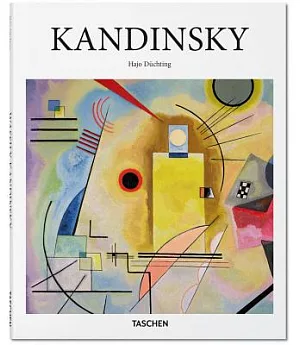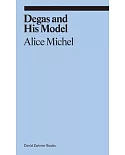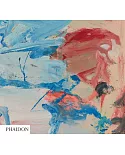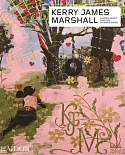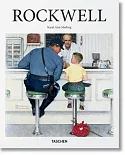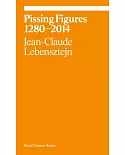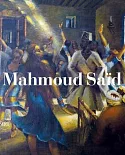Over the course of his artistic career, Wassily Kandinsky (1866–1944) transformed not only his own style, but the course of art history. From early figurative and landscape
painting, he went on to pioneer a spiritual, emotive, rhythmic use of color and line and is today credited with creating the first purely abstract work.
As much a teacher and theorist as he was a practicing artist, Kandinsky's interests in music, theater, poetry, philosophy, ethnology, myth, and the occult, were all essential components to
his painting and engraving. He was involved with both the influential Blaue Reiter and Bauhaus groups and left a legacy not only of dazzling visual work, but also of highly
influential treatises such as Concerning the Spiritual In Art. Key tenets included the connections between painting, music and mystical experience, and the purification of art
away from material realism and towards an emotional expression, condensed in particular by color.
This book presents key Kandinsky works to introduce his repertoire of vivid colors, forms, and feelings. Tracing the artist's radical stylistic development, it shows how one painter's
progression paved the way for generations of abstract expression to come.

